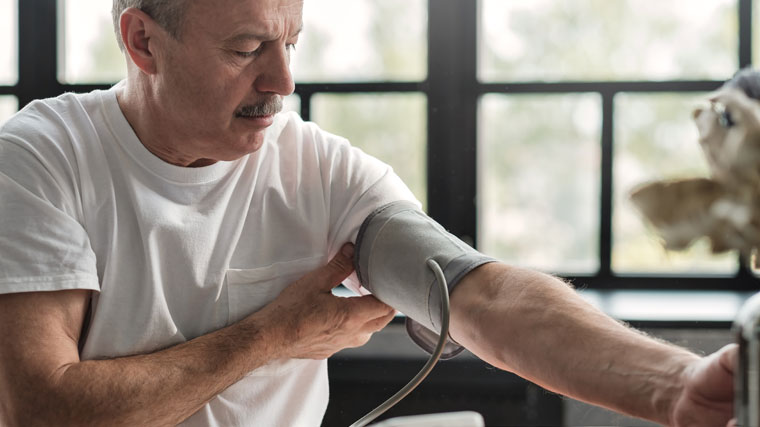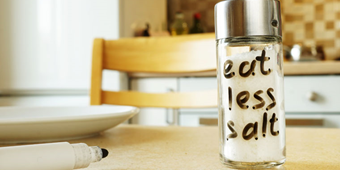Lower Blood Pressure Standard Might Be Right For You

A study from the National Institutes of Health (NIH) announced a lower standard people should strive for with their blood pressure.
The Systolic Blood Pressure Intervention Trial (SPRINT), which was started in 2009, found that having a systolic blood pressure reading (the top number) of 120 mm Hg could help save the lives of people 50 and older who have high blood pressure and at least one other risk factor of heart disease, according to the NIH.
By reaching the lower blood pressure target, rates of cardiovascular disease – including heart attacks, stroke, and heart failure – were reduced by about one-third, and the risk of death was reduced by almost 25 percent among the target group, according to the study.
The previous recommendation from 2013 said that people 50 and older should have a systolic reading of 140 mm Hg as a healthy adult and 130 mm Hg as an adult with kidney disease or diabetes, according to the NIH.
To get to the 120 mm Hg target, the participants in the study received “intensive treatment,” according to the NIH, and each took an average of three medications to reach the goal.
Because taking additional medications can have its own set of risk factors, the American Association of Retired Persons suggests discussing the positive and negative effects of higher blood pressure and taking more medication, to help decide which is best for you.
It is important for older adults and anyone with high blood pressure to monitor their blood pressure on a regular basis, not only at doctor’s appointments.
The American Heart Association recommends tracking your blood pressure a few times a day for several days, writing it down each time, and taking that record to your next appointment.
An automatic, cuff-style, upper-arm monitor is recommended by the AHA, as opposed to a wrist or finger monitor, which can give less reliable results. Ask your doctor for information about what type of validated home blood pressure monitor he or she would suggest you use.
The AHA provides the following “ABCD” steps to help make sure you get an accurate blood pressure measurement:
- Achieve a calm state. Get yourself quiet and relaxed, sit calmly, don’t talk for 5 minutes, avoid smoking, and caffeine, exercise, and alcohol beforehand so they don’t affect your measurement.
- Body posture. Sit in a chair with your feet flat on the floor, keep legs uncrossed, check on a bare arm, and support your arm on a pillow or table up at heart level.
- Calibrate and check the equipment. Use a calibrated blood pressure monitor, and check the cuff size and fit
- Double check high readings. If you get a high reading, wait 5 minutes and take it again, take another reading on your other arm.
If you are repeatedly getting readings higher than what you and your doctor have agreed is healthy for you, schedule a visit to talk about next steps.
Sources: National Institutes of Health; American Heart Association; American Association of Retired Persons




